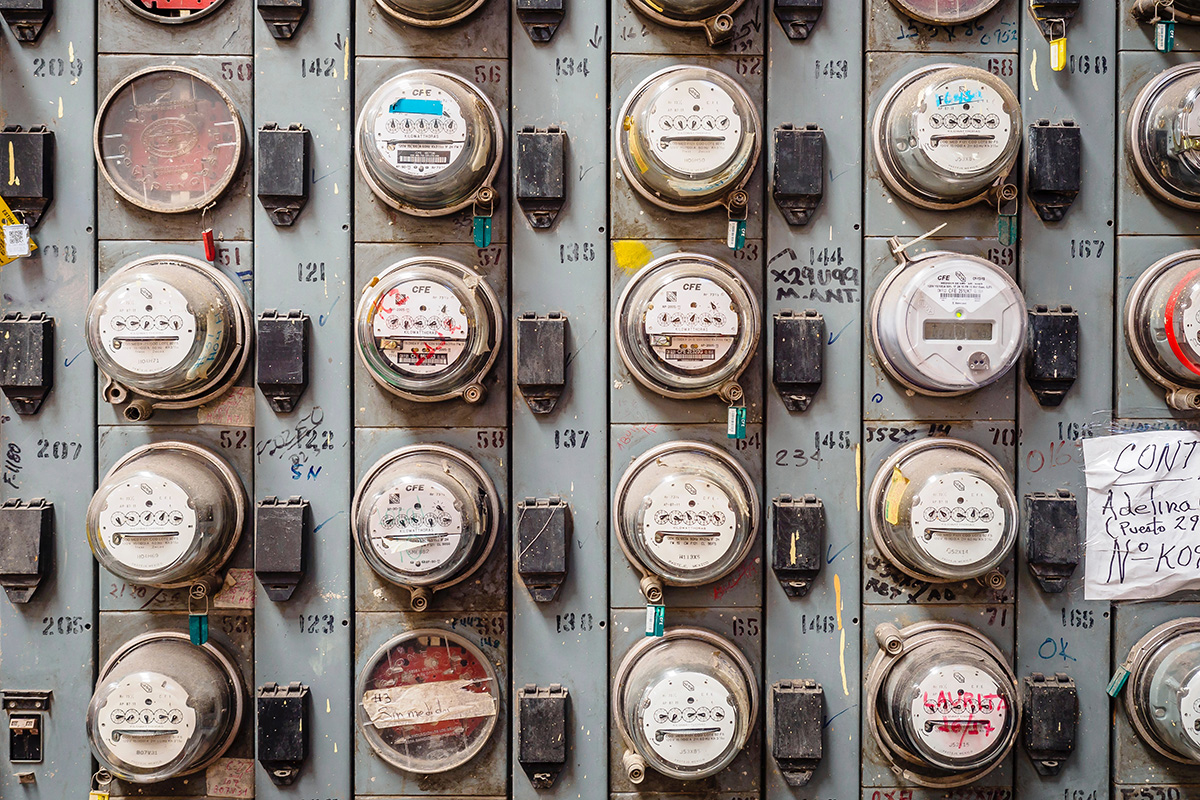The average family spends about $2,060 on home utility bills each year, according to EnergyStar.gov. That’s a lot when money is tight. But there are several quick, easy and cost-free steps you can take to help reduce energy consumption and save on monthly bills.
- Ask For an Electricity Audit – Most energy companies offer a free audit where they examine your home and look at your electricity bills to help determine where you’re wasting energy. If your electric company doesn’t provide this service, you can do a DIY audit using instructions on the U.S. Department of Energy website.
- Adjust the Thermostat – You can save as much as 10% on heating and cooling costs by adjusting your thermostat by as much as 7 – 10 degrees for eight hours per day while you’re asleep or away from home. If you have a smart thermostat, preset it to adjust during these hours.
- Turn Down Your Water Heater – Many water heater manufacturers set thermostats at 140 degrees. But most households only need it set at a maximum of 120 degrees, and the difference can save you a lot of money. The thermostat dial is likely near the bottom of the tank on the electric or gas control valve. Check the owner’s manual for instructions to adjust it or call a technician for help.
- Turn Off or Unplug – Phantom energy use, or the energy wasted while something is plugged in but not in use, can cost you as much as $100 per year. Turn off lights when you leave a room and turn off or unplug small appliances when you are not using them.
- Use Your Dishwasher – Surprise! There was a time where dishwashers used far more water than they do today. Any dishwasher manufactured since 2013 is limited to using five or fewer gallons of water per load, while it takes between 9 – 27 gallons to handwash the same load of dishes.
- Change Your Air Filters – Air filters help catch up dirt, dust, pet hair and more, preventing them from making their way into your HVAC and bogging it down. According to the Department of Energy, replacing your filters on schedule can lower your air conditioner’s energy consumption by anywhere from 5 – 15%.
Photo by Alexander Schimmeck on Unsplash














